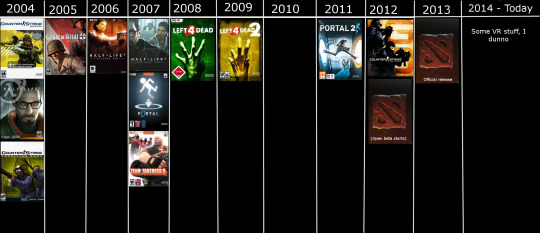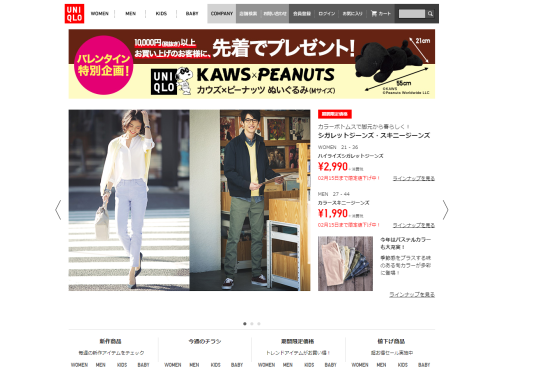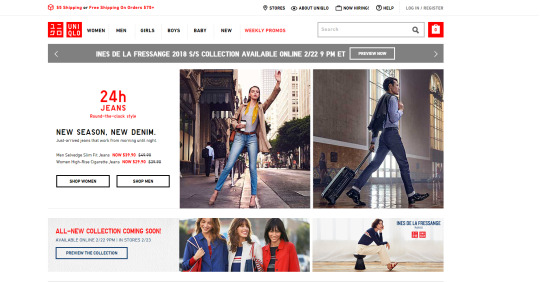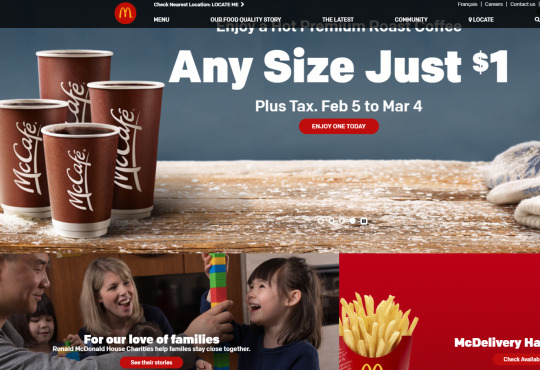#online retail

I recently found this chart on Reddit by u/Molotovn displaying the titles released by Valve since 2004 when Half Life 2 came out among the popularity of the FPS genre for PC games. Back in that period the publishing of the sequel to Half Life raised the bar for many other game developers not only in terms of aesthetics, but also for the experience the gameplay would offer.
Valve has a unique history that defies any other game developers in terms of name content but also on its major controversy of sequel spawn. Gamers have been waiting since 2007 for a Half Life 2 sequel in the shape of a episode installment or stand-alone title.
Meanwhile Valve has published other titles like Portal, Team Fortress 2, Left 4 Dead, Counter Strike: Global Offensive, and Dota 2. These titles all became international hits worldwide for their rich gameplay and extensive user-generated mods availability: you can play Half Life 2 or Left 4 Dead 2 with all the available perks to enjoy again a title coming out ten years ago.
Valve has been constantly criticized for its poor communication skills with their player base which left many people disappointed over the future of the Half Life destiny. The many rumors and leaks over the years condensed into an even more confusing direction Valve is secretly considering for this title: continuing or not continuing?
If we analyze the patterns of behavior Valve has taken in the last ten years we see they have slowly left the game developing practice in order to go towards the distribution side. Steam has become a significant yet unique publishing platform for all types of big and small games, followed by music and movie distribution.
Valve has been intensely working with the Virtual Reality platform for the past five years while the whole creative Half Life team has left the company. For many it was an omen of changing times while others remain faithful to a miraculous release of Half Life 3.
Steam has pioneered the online experience of a service providing game purchase at an advantageous price to fight piracy and the retail sector of hard copies. This system has become an OS within an OS and the SteamOS is available to users who want PC experience on the go with a console feel.
Valve has been smart managing its online identity ever since it became an official distributor of digital goods well before anybody else, including a personal interface for each player to manage with its content. Now it has become an empire of triple A titles as well as an important vault of indie games. Steam has given independent developers a voice for their products to be sold and admired, something the competition snubbed for lack of better foresight in game design.
I wouldn’t be surprised if Valve transforms itself into a multimedia distribution platform in the shape of Youtube/Twitch store, including the sale of the products it will eventually broadcast if the company decides to push for streaming rights. It seems as a logical deduction in the wake of the many shifts of broadcasting and sales rights the net has witnessed until today.
One thing we have to wait for is for international distribution rights to be granted along with specific contracts for each continental region. Laws and copyright restrictions still limit some deals of titles and contents as well of platform spreading in the Western World; any further expansion towards the east like China and the rest of Asia will still be something to monitor.
We can speculate that from here to 2020 Valve will make their biggest decision whether to continue to develop titles of their own or to fully become an international distribution platform; something totally new that will defy the rules of digital share we have today.

We all saw it coming sooner or later amidst a changing panorama of retail market conditions. Sears will close 59 stores across Canada after seeking court protection from its creditors in a move to restructure itself, but will this be enough?
For over a decade Sears has been suffering the test of time in the retail sector, having entered the 21st century without a solid plan to fight the competition, and the new online platform for retail distribution.
I remember the shopping experience even before Sears acquired Eaton in Canada in 1999, back when the Toronto flagship store downtown at Yonge and Dundas represented an important landmark for the pre-eCommerce era.
Today Sears is folding after a series of bad decisions made in their American HQ by the top management team, which failed to understand the modern market model of the new century. They blame it on Amazon but the mistakes started to happen twenty years ago, before the online shopping giant became a sensation.
How does such big brand name miss the target?- some may ask in a bit of confusion. One part of the answer can be found in the lack of vision of the company in understanding the market, the absence of storytelling, but most importantly the customer and its needs.
Here’s a list of mistakes Sears collected through the years:
- lack of multimedia strategy and innovation
- no significant digital platform to sell their products online
- old design store which provided a look and feel of early 90s
- same old brands and lack of new ones (aka stale style)
- weak new logo and branding strategy
- worn out management
All in all we cannot only blame business disruptors like Amazon for Sears’ failure to understand the market, but surely the archaic methodology of interfacing towards customers has contributed to its demise. Blame the old school marketing department that prefers relying on numbers rather than listening the true needs of the shoppers out there.
That’s the very same marketing department that constantly believed paper and flier ads were still a thing. Boy, they were wrong. Mailboxes constantly stuffed with pamphlets and seasonal catalogs failed to engage the Millennial generation (and became a nuisance for homeowners), but rather appealed to the same old crowd of customers for the past decades.
However shopping habits evolved with the competition selling different products to different crowds. Sears failed to understand their marketing strategy had a foot stuck in the 20th century. They dismissed storytelling to engage buyers and kept selling the very same products the competition had at cheaper prices.
It’s sad to see such iconic brand slowly fading to black, but new commerce platforms are emerging willing to listen customer first and most importantly willing to adapt to changing times.

For those who are seasoned sailors of the web, especially if you come from the 90s, you have probably browsed thousands of web pages form around the world and managed to find all kinds of content across several languages.
Ever since the beginning of the Internet 2.0 web design started to become more conformed around certain standards, especially since globalization widened communication channels, with users preferring certain standards than others. Shapes, colours, formats, images, sounds, and much more, evolved in various entities becoming common praxis or iconic styling.
While browsing logo brands across countries I found a very interesting layout in the Japanese web design that immediately struck me. Intercontinental names like KFC,McDonald’s,Uniqlo, presented distinct layouts in their web pages.

Layout necessity or Japanese simplicity? [kfc.co.jp]
KFC came across with their Japanese homepage that relied less on images and more on information compared to its US counterpart. Large pictures and minimalism are the convey method to present products in North America; it’s a faster way to appeal to visitors and customers with an engagement relying on pixels rather than text.

Stories and ethnicity have become a big part of corporate strategies. [kfc.com]
In the case of KFC I immediately noticed the vertical Japanese layout versus the horizontal American one. Different scrolling directions for websites that might change the user experience and information output; however, there are questions we can ask:
- Is this about Japan being famous for maximizing their physical space by ‘verticalyzing’ everything?
- Is this layout a much better solution because the Japanese user base heavily relies on mobile and tablet technology and their vertical displays?
- Do Japanese value information through text more than pictures?
Upon asking myself these questions I searched a bit more on the topic and found a very interesting article from Moravia.com about Japanese web design. There are elements the Asian user does not share with the Western one, and surprisingly text is and remains an essential portion of the information on websites and publicly displayed data, including billboards and flyers.

A preference for written information is what Japan likes. [uniqlo.co.jp]
Uniqlo shows on its homepage a different ratio of images/text compared to the US website. Somehow the Japanese choice of web structure seems outdated compared to the West, nonetheless its function if what the users in that country want. Product details appears to be the most relevant information for Japan customers; they value technical data more than product pictures.

Western web design aims to increase the image percentage in order to become a catalog for users to check from any device. Pictures convey more data to customers since they are easier and faster to browse. The attention span people carry shortens as time goes by and companies don’t want customers to become bored reading too much of just one product. It can hurt sales. The User Interface design changes to fit the task the user wishes.

MdDonald’s Japan has a striking visual design proposing original alternatives. [mcdonalds.co.jp]
Beside serving different items, McDonald’s website in Japan shows the different approach on the graphic appeal to the point the logo fades in the background. Odd products are renown to be featured among the Japanese marketing machine for their ability to strike the user. However, American customers are spoiled by the perfect symmetry and repetitive look of the goods they buy, often relying on the same old reference picture as guidance to their spending habits.

The US websites works more as a central information hub [mcdonalds.com]
McDonald’s US websites proposes a seasonal engagement to promote their offers in the form of coffee, along with their information on how their relationship with customers evolves in terms of new services or outreaches to the community. North American markets have to account for the diversity in ethnicity and cultural elements Japan does not have; this translates into a different set of rules web design and user experience will undergo.
Beside the cultural difference between Japan the North America, Japanese have a genuine curiosity on details we often miss. Their ability to collect information via text is superior to other countries; this gives them the edge to craft exhaustive experiences often dwelling into perfectionism. It’s more about quality than anything else.
